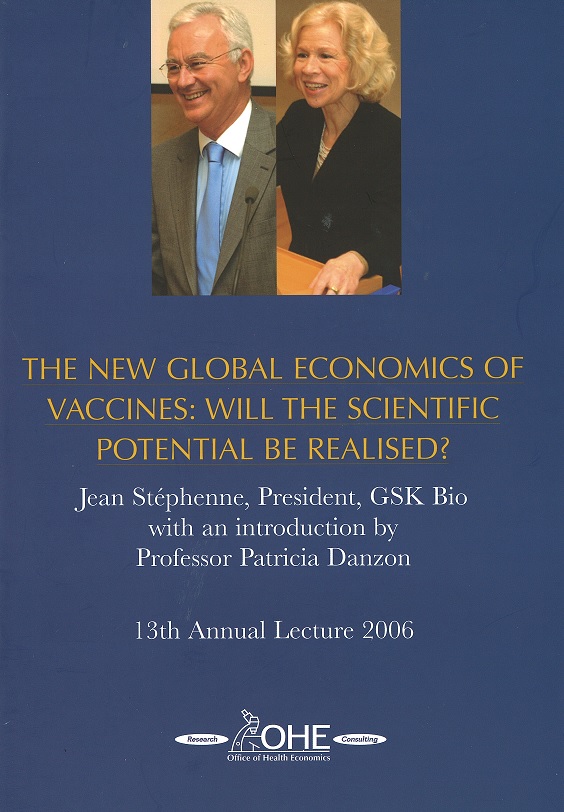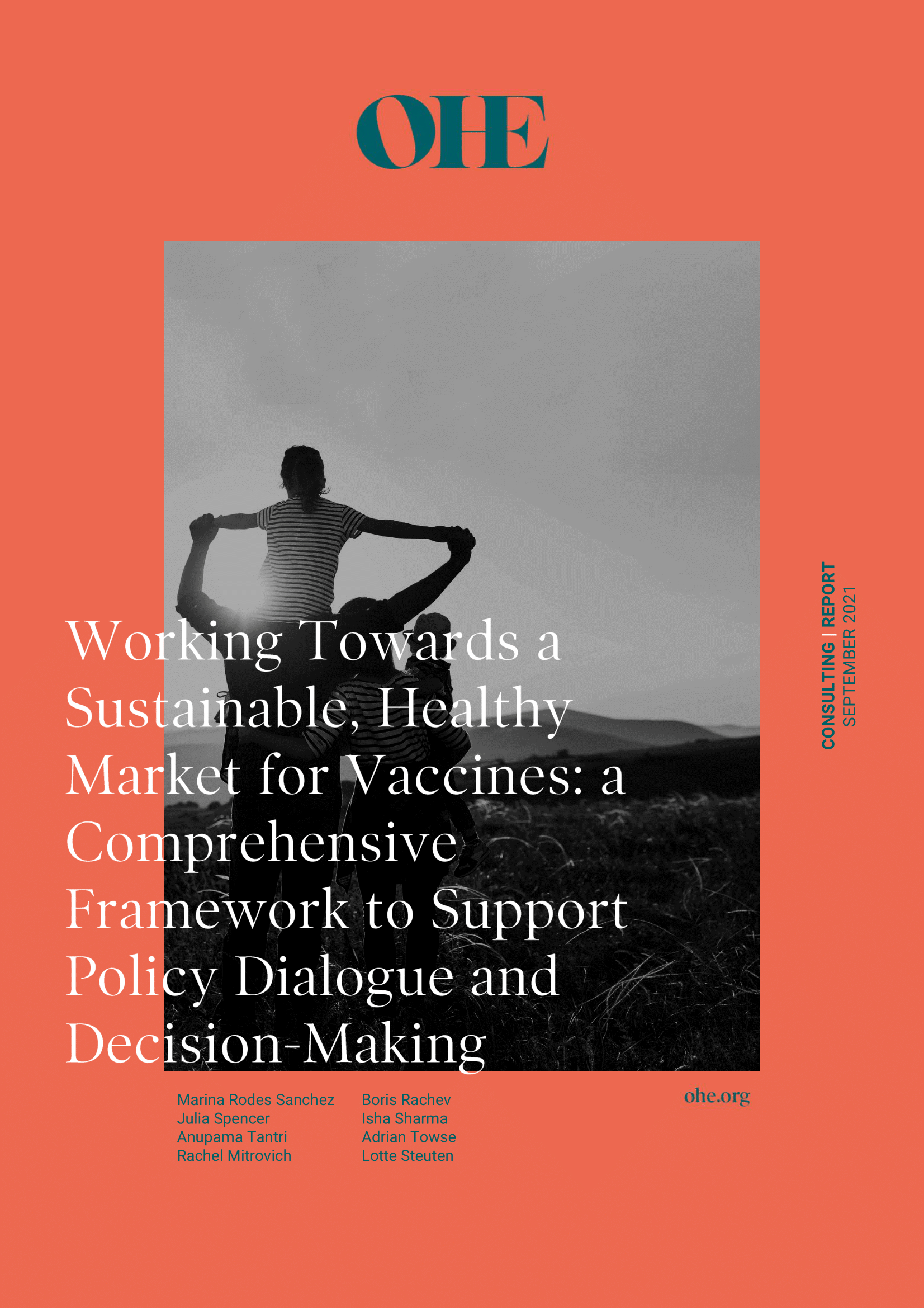Unlocking the Value of Combination Therapies

For the purposes of defining the economic and policy issues facing the vaccine industry, the comments made here are based largely on the experience in the US, but with some discussion of the global vaccines environment.
Almost every paper in the literature on…
For the purposes of defining the economic and policy issues facing the vaccine industry, the comments made here are based largely on the experience in the US, but with some discussion of the global vaccines environment.
Almost every paper in the literature on vaccines starts off with the observation that vaccines are among the most cost-effective of medical interventions, and yet the unfortunate situation (although perhaps not surprising to an economist) is that supply is precarious.
Some facts from the US will help to illustrate this situation. In 1967, there were 26 licensed vaccine manufacturers in the US; by 2004 there were only 12. In addition, and of greatest concern, there are now only one to three producers for each of the main paediatric vaccines. This has resulted in temporary but significant supply shortages for most of these vaccines, involving interruptions to paediatric vaccination schedules, when these suppliers have experienced production disruptions.
Against this pessimistic picture, however, there is now great excitement over the new generation of vaccines. Some of these are emerging from GSK and the other two remaining large multinational producers; however, there are also new entrants into the vaccine market, including a couple of large multinationals that have recently returned to the market, as well as some new small start-ups.
Notwithstanding these recent developments, it is worth revisiting the fundamental economic aspects of the vaccine industry which favour the dominance of a sole supplier. Research indicates that this has been the result of the interaction of supply and demand and, in particular, of the special characteristics of demand and supply in this industry.
The New Global Economics of Vaccines: Will the Scientific Potential Be Realised?
Stephenne, J.
(2007) The New Global Economics of Vaccines: Will the Scientific Potential Be Realised?. OHE Monograph. Available from https://www.ohe.org/publications/new-global-economics-vaccines-will-scientific-potential-be-realised/
